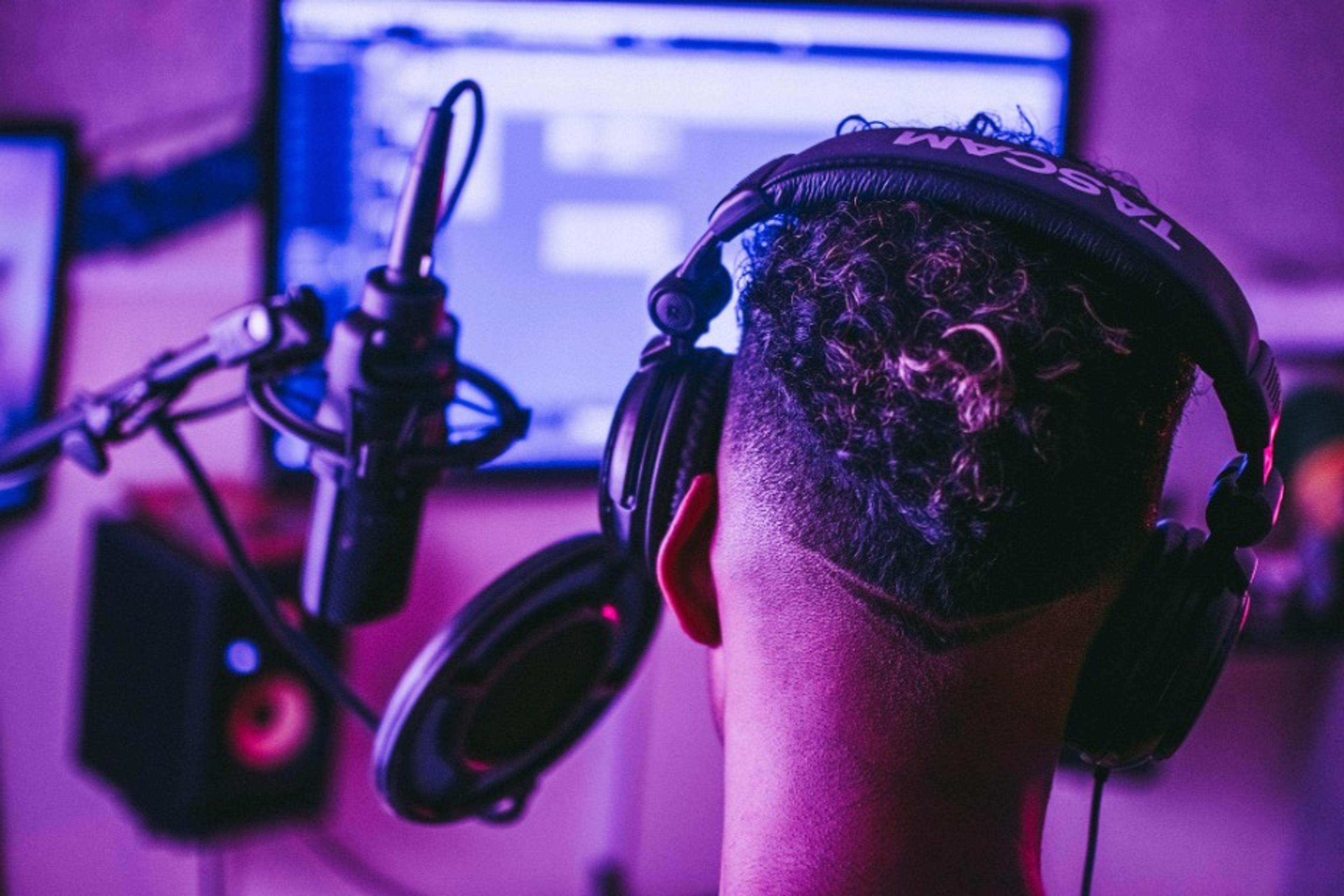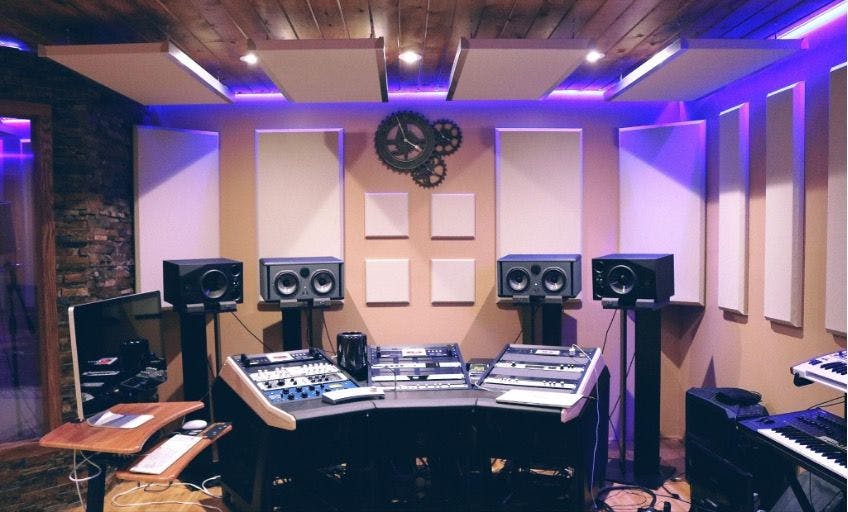Getting stuck into music production can feel overwhelming, but it doesn’t have to be that hard. Whether you’re a budding artist or a DJ who wants to strike out making their own beats, our comprehensive FL Studio tutorial for beginners are designed to guide you through the process from beginner to pro.
Welcome to the world of music production with FL Studio
Everyone’s got an opinion on what DAW or digital audio workstation, is best, but one of the most common for beginners is FL Studio. This FL Studio tutorial for beginners will walk you through the basics, turning you from a newbie into a first-class producer.
Getting started: Installing and setting up FL Studio on your computer.
- Download: Head to the official FL Studio website and choose either the PC or OSX version to download.
- Install: Double-click the downloaded file and follow the on-screen prompts to install the software.
- License: Once installed, enter your purchase key or opt for the trial version.
- Setup: Adjust your audio settings; usually, the default setting works fine for most users. You may need to change the audio output if you are using an external sound card.
- Plugins: Browse and add any additional plugins you want.
- Shortcut: Create a desktop shortcut to easily open the software each time.
- Explore: Open FL Studio and familiarize yourself with its layout.
Exploring the interface: A walkthrough of the different sections and tools
At first glance the interface of any DAW can be a head-scratcher, but here is a breakdown of the main sections of FL Studio, that you’ll use every time.
- Channel Rack: This is where you add and organize instruments or samples.
- Playlist: Drag and place your patterns, making the structure of your song.
- Piano Roll: Create notes, melodies, and chords in no time.
- Mixer: Mix, balance, and add effects to your tracks.
- Browser: Find all your samples, presets, and plugins here.
- Toolbar: Offers quick access to main controls like play, pause, and tempo.

Creating your first beat: Step-by-step instructions on building your own track.
When looking at any fl studio tutorial for beginners, one of the first things you’ll encounter are the steps you should take to build your own track, and the onboard FL plugins you should use, to get started making a track.
- Create a beat: Use Fruity DrumSynth Live for creating drum patterns.
- Compose a Melody: Use FL Keys to create a memorable melody.
- Lay Down Bass: Use BooBass to create a low-slung bassline.
- Shape Your Sound: Fine-tune with Fruity Parametric EQ 2 to remove or boost frequencies in any sound.
- Space & Atmosphere: Fruity Reverb 2 gives depth and space to your track.
- Control Dynamics: Use Fruity Limiter to ensure balanced volume.
- Synthesize: For advanced sonic textures, use the Sytrus synth.
Get a look at our unique selection of amazing FL Studio tutorials, to get more in-depth tips on all these steps.
Adding melodies and samples: How to incorporate melodies and samples into your project?
Writing a good melody is essential to creating tracks that will attract the attention of record labels but also get people on the dancefloor fast! Here are a few tips on what FL Plugins you can use to start using melodies in FL Studio.
- Drafting Ideas: Use FL Keys for basic piano melodies to start with.
- Sampling: Drag samples directly into the Channel Rack for easy integration.
- Melodic Design: Explore Sytrus for a range of synthesized melodies and textures.
- Stringed Beauty: Harmless is great for plucked and string-like sounds.
- Soundscapes: With Fruity Granulizer, manipulate samples for ambient textures.
- Experimentation: Use SliceX to chop and rearrange any sample.
- Layering: Combine sounds using Fruity Layer for richer melodies.
Mixing and mastering: Tips and techniques for achieving a professional sound.
Mixing and mastering is the final step in creating your next dancefloor monster, and FL Studio has a ton of onboard plugins to help you with this. Here are a few tips that we’ve gained from our extensive selection of producer-led tutorials on FL Studio music production on the Sonic Academy website:
- Balance Levels: Use the Mixer to ensure no sound overshadows another.
- Equalization: Adjust frequencies with Fruity Parametric EQ 2 to clarify and define.
- Compression: Fruity Compressor keeps dynamics controlled and tight.
- Stereo Imaging: Use Fruity Stereo Enhancer to widen or narrow your soundstage.
- Enhance Harmonics: Brighten with Fruity Soft Clipper for subtle warmth.
- Final Loudness: Maximus is your go-to for achieving a radio-ready volume.
Conclusion
In wrapping up, FL Studio music production offers an incredible platform for newbies and pros alike. The FL Studio tutorials we have on the website, will help you make first-class turns in FL in no time. We can’t wait to hear how you’re progressing with your own FL productions, drop us a message in the comments and let us know how you are getting on, or hit up the Sonic Academy blog.


Comments are closed.